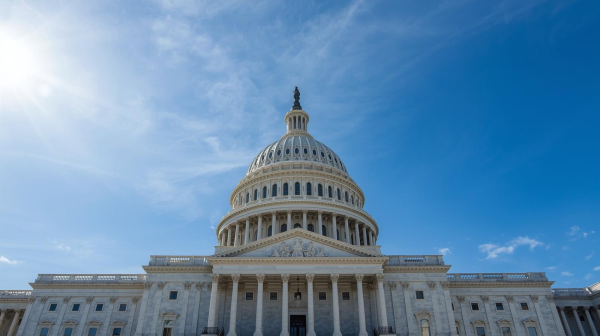Op Ed: Explaining The “Wage Gap” And How It Is Misused

In recent years, much of the mainstream media and organizations like the National Organization for Women (NOW) have been persistent in talking about the “wage gap”. NOW states, “Women still are not receiving equal pay for equal work, let alone equal pay for work of equal value.” Statements like these have been thrown around on news sources incorrectly for years, and I hope to end common misconceptions about the wage gap in this article.
According to the US Census Bureau, an average woman working “full-time” in the United States earns 81% of what the average “full-time” working man earns. This statistic does not take into account the occupations, education levels reached, positions or hours worked. The “wage gap” is NOT comparing the salary of men and women working the same jobs, but the salary of an average man and the salary of an average woman working “full-time”.
The Labor Department lists statistics for “full-time” workers (which is defined as working 35 or more hours in a week). The flaw in this is that they could be comparing a man working overtime hours to a woman working the standard 35 hour week. The Bureau of Labor Statistics’ 2018 “American Time Use Survey”, reveals men work an average day of 8.2 hours compared to women’s average of a 7.9 hour day.
On the topic of professions, which is arguably the most significant factor in the 19% gap, men are far more likely to risk working more dangerous jobs for higher wages. According to the Labor Department, around 4,400 out of the 5,000 deaths from workplace accidents every year are males.
According to multiple studies, men are also more apt to choose to study and go into a higher-paying field. Natasha Quadlin, the assistant professor of sociology at Ohio State University, used data from Pathways through College Study to analyze the difference in major choices between men and women and how those choices affect the salary they go on to earn in the workforce. The study was conducted gathering data from approximately 3,000 students from three major universities. The study asked students to rate how important the following factors were in choosing their majors: money earned, career options, engaging classes and helping others. They all eventually reported to her what major they ended up choosing and Quadlin stated, “The pattern was clear: The majors men choose are associated with significantly higher earning than the majors women choose – regardless of men’s and women’s major preferences,”
NOW has claimed that women choose to go into lower paying fields due to a sexist society, but this has been proven to be false. Gijsbert Stoet and David C. Geary conducted a study in 2015 regarding men’s and women’s career choices. The study used statistics from Programme for International Student Assessment (PISA) to survey nearly 500,000 people in 67 different countries and compared the results to the level of gender equality as defined by the Global Gender Gap Index (GGGI). Stoet and Geary found that the countries that had the highest levels of gender equality, had the lowest percentages of women entering the Science Technology Engineering and Mathematics (STEM) fields. So the more equality and choice the women had, the more they chose to go into lower paying fields, purely because of their interests.
According to the American Association of University Women, after these factors are considered, the gap narrows to about 6%. Many estimate that the main factor contributing to this is due to men negotiating their wages more although this has not yet been proven.
The “wage gap” statistic is just one example of how politicians, journalists and major organizations can abuse their platform to skew statistics and push their political agendas. Unfortunately, this strategy has worked as it estimated that approximately 60% of Americans believe that men receive 19% more pay than women for doing the same exact job.
Image courtesy of Wikimedia Commons.

Nolan Nicholson is a senior and first-year staffer for The Talon Times. He has attended Episcopal since the sixth grade and is on the Varsity Tennis team....





